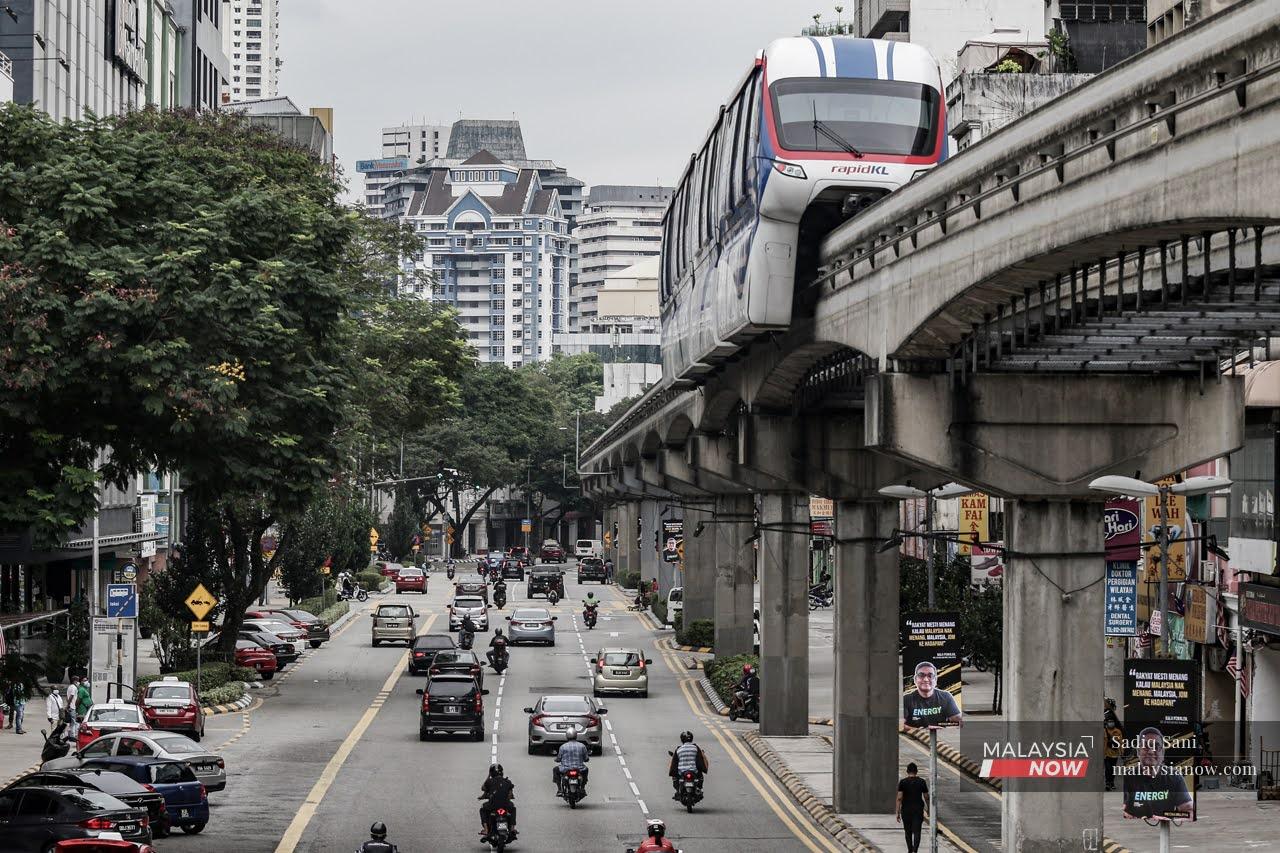A public transport agenda for Malaysia
Much should be done to ensure the improvement and maintenance of the country's public transport system, including in the Asean context.
Just In
With the country’s vaccination rate picking up, the reopening of more economic sectors will inevitably result in more people moving about.
Public transportation may not be as packed as it was pre-pandemic but this is only temporary. Because of this, we should not waste time in carrying out much needed improvements and maintenance to our system.
Many things can be done to ensure Malaysia’s public transport can not only facilitate social distancing while Covid-19 is still with us, but also to make it greener and more accessible to the public.
This, naturally, should start with the rail system.
As a public transport user, I would argue that the government should not only focus on building newer LRT and MRT connecting lines, but also ensure that frequent and best-in-class maintenance is carried out on crucial infrastructure to ensure passengers are safe and comfortable.
I believe that the top guns in Prasarana or even MRT Corp do not commute daily, unless for PR opportunities. They might not be aware that repair or maintenance is needed for broken lifts, leaking stations, and noise pollution due to friction along the lines, especially in the Petaling Jaya area. I wonder if we ever lubricate our tracks with top-of-the-line rail lubrication systems as used in certain countries to minimise noise pollution. They should also look into the signalling and other technical issues that have been plaguing the MRT and LRT systems of late.
At the same time, our nation is constantly distraught by repeated incidents of collapsed scaffolding, including those at rail system construction sites, that have injured or even killed local and foreign workers over the years. A total of four incidents have been recorded this year alone. How many lives must be sacrificed like this?
Nonetheless, KTMB did a very good job with the ETS service that connects Padang Besar to the southern states of Malaysia. The train service has been very convenient to the public, especially in avoiding the “balik kampung” traffic along the PLUS Highway. Unfortunately, the previous government decided to terminate the proposed Singapore-KL High-Speed rail. Had it been spared, travel to the Lion City would have been made much more convenient.
I also hope the new government will look into bus services, especially those in the Klang Valley. Although 80% of the residents in the Klang Valley own a car or motorcycle, buses still remain relevant, particularly for the elderly, young adults as well as foreign workers. The Rapid buses should be punctual and have a time allocated to them on when they will move as per what the MRT feeder buses have. I do hope the new heads of Prasarana will look into this matter, as both joined the public transport group with sterling track records.
At the same time, it is disappointing that the works ministry and the local authorities did not take up the opportunity to repair potholes on the roads during the MCO lockdown. They had a golden opportunity to do so with fewer cars on the road. The return of traffic will delay the repair work.
Meanwhile, we should not forget our brothers and sisters in Sabah and Sarawak. Better transportation across the board is very much needed over there.
I do hope that this new government, especially the reappointed transport minister, redoubles efforts to ensure our nation’s transport systems are functioning well and are competitive regionally.
Thailand launched a new suburban rail line called “the Red Line” in early August. The Thais also plan to build a high-speed rail connecting Bangkok to Pattaya, which could eventually be connected to other provinces, including their south. They were able to carry all of this despite grappling with a severe outbreak of Covid-19!
That is why we need to reconsider our high-speed rail agenda, especially on the domestic front so we will be able to connect to other parts of Asean via rail line, which is a safer, faster, and cleaner option for travel.
The government must be open to this option and act fast on this so that we are not left out of the potential upside of greater Asean connectivity. If government funding is a potential issue given the need for government to focus on the national economic recovery, perhaps funding models which involve a stronger public and private partnership should be considered as shared by Finance Minister Tengku Zafrul Aziz during his recent interview with Singapore’s The Straits Times. This infrastructure financing model would be good for projects of this scale which are critical to jump-start the flagging economy due to the pandemic.
In conclusion, a good, integrated transport system will be crucial for Malaysia’s recovery. This is our chance to secure the future and we should not squander it.
Ling TK is a public transport advocate.
The views expressed in this article are those of the author(s) and do not necessarily reflect the position of MalaysiaNow.
Subscribe to our newsletter
To be updated with all the latest news and analyses daily.
Related Articles
Most Read
No articles found.
